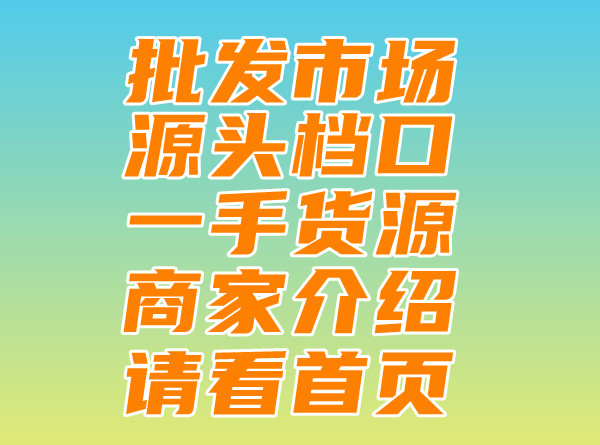Reproduction Luxury Goods: Impact on Buyers 这个标题简洁明了,直接点明了主题,同时包含了关键词“复刻奢侈品”和“影响买家”。
Reproduction Luxury Goods: Impact on Buyers
这个标题简洁明了,直接点明了主题,同时包含了关键词“复刻奢侈品”和“影响买家”。,
The Impact of Luxury Goods Replication on Buyers
In today's globalized consumer market, the phenomenon of luxury goods replication has become increasingly prevalent. From high-end fashion to fine jewelry and accessories, the practice of reproducing luxury items has gained significant attention, both within the industry and among potential buyers. This trend has not only sparked debates but also raised concerns about its impact on buyers.
1. Luxury Replication and Consumer Perceptions
For many buyers, the attraction of luxury goods lies in their uniqueness, quality, and often exclusive designs. However, with the rise of replication techniques, these perceived values are often challenged. While some buyers appreciate the affordability of replicated luxury items, others view them as a compromise in quality and authenticity. The impact on buyer behavior depends largely on their motivations and expectations.
For those looking for affordable alternatives, replicated luxury goods offer an attractive option. They provide access to designs and styles that may be out of reach in terms of price for many. However, this group of buyers must be aware that they may compromise on quality and potentially face issues like durability or authenticity.
On the other hand, buyers who prioritize authenticity and quality are likely to be less interested in replicated items. They see luxury as an investment in quality and exclusive craftsmanship. These buyers might view replicated goods as inferior, lacking the true essence of luxury.
2. The Complexities of Luxury Replication
The impact of luxury replication goes beyond consumer perceptions. It also involves ethical and legal considerations. While some replication processes may offer affordable alternatives, there is a risk of intellectual property infringement if certain designs or brands are closely replicated without authorization.
Moreover, the emergence of high-quality replication has led to a blurring of lines between genuine and replicated goods. This complexity can create challenges for buyers who strive to make informed decisions. It also calls for greater transparency in the market, ensuring fair competition and consumer protection.
In conclusion, the impact of luxury goods replication on buyers is multifaceted. It ranges from affordability considerations to concerns about authenticity and quality. As the trend continues to evolve, it is important for buyers to be aware of the implications, making informed decisions based on their values and expectations.

- Celine Replica Coach Bags: A Luxe Accessory Review
- Handheld Bag Men's Replica Style Revival: Fashion Trends of the New Era
- "LV Replica Bags: The Pea-Inspired Fashion Statement"
- Trendy Brand Bag Replication: The Ultimate Guide to Quality Replicas 这个标题围绕了潮牌包复刻这一主题,使用了相关关键词,并且在规定的字符限制内。
- Micro Store Replica Bags Collection
- "Guangzhou Replica Bucket Bags: Fashion Statement or Practical Carryall?"
- Vintage Bags Revival: The Allure of Replicating the Classics.
- Sam's Club's Reproduction of Multi-grain Bag in Action!


